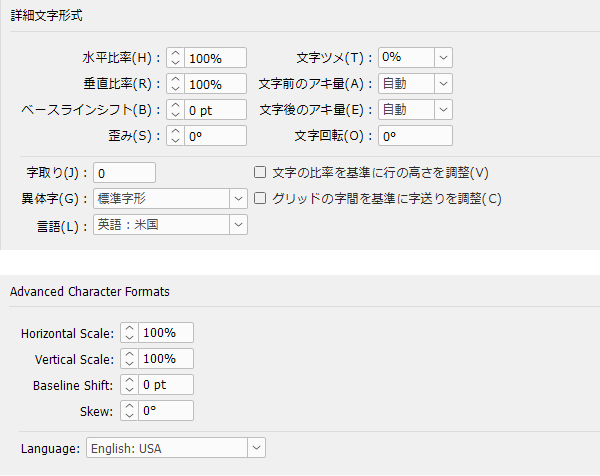
In the previous article, we explained the usage of "which" and "whose".
This time, we will introduce the correct usage of "which" in non-restrictive clauses and "that" in restrictive clauses.
When using the restrictive 'that', the relative clause that follows 'that' provides necessary information about what the antecedent is. Omitting this relative clause can significantly change the meaning of the sentence.
On the other hand, when using the non-restrictive use of "which," the relative clause following "which" provides additional information, so it can be omitted without changing the overall meaning of the sentence.
However, when reviewing, I often see cases where the non-restrictive "which" is used in sentences that should use the restrictive "that".
Let's take a look at some examples.
- Table of Contents
>>Related Download Materials: Nine Cases of Machine Translation Errors and Post-Editing & Post-Editing Checklist
1. Example sentence using the restrictive clause 'that'①
- ・Original text: If the attribute cannot be determined by automatic settings, please select from the items below after entering the model number.
- ・Translation (before modification): For attributes which cannot be determined for automatic setting, select from the following items after entering the model.
- ・Translated text (after modification): For attributes that cannot be determined for automatic setting, select from the following items after entering the model.
The phrase "attributes that cannot be determined by automatic settings" means "limited to attributes that cannot be determined by automatic settings among various attributes," so it is necessary to use "that" and restrict "attributes" to those that are "not determinable by automatic settings."
However, using the non-restrictive "which" here changes the meaning to "all attributes cannot be determined by automatic settings."
Therefore, it is correct to express it using the restrictive 'that' here.
Let's take a look at other examples.
2. Example sentence using the restrictive 'that'②
- Machines that perform CNT communication have a lower priority than logical operations, so the simultaneity of data collection cannot be ensured.
- ・Translation (Before Revision): Since the machine which performs CNT communication has a lower priority than the logic calculation, simultaneity of the data in data collection cannot be secured.
- ・Translated text (after modification): Since the machine that performs CNT communication has a lower priority than the logic calculation, simultaneity of the data in data collection cannot be secured.
This means "among multiple machines, only the machines that perform CNT communication"; therefore, it is necessary to specify the machines with "that" instead of "which".
- ・Original text: DTC enables the construction of system configurations that span multiple network segments.
- ・Translated text (before modification): In DTC, a system configuration which spans multiple network segments can be built.
- ・Translated text (after revision): In DTC, a system configuration that spans multiple network segments can be built.
"Spanning multiple network segments" is information that restricts the antecedent, so "that" is more appropriate than "which."
- ・Original text: Searches for matches at the beginning of the input content.
- ・Translated text (before correction): It searches for matches which start with the entered code.
- ・Translated text (after correction): It searches for matches that start with the entered code.
The phrase 'the preceding content' is information that limits the antecedent, so 'that' is more appropriate than 'which'.
Many people misunderstand that the grammatical usage of "which" and "that" is the same, but as mentioned above, it is important to be aware of the difference between restrictive usage (that) and non-restrictive usage (which) in technical translation.
>>Related Download Materials: Nine Cases of Machine Translation Errors and Post-Editing & Post-Editing Checklist



























